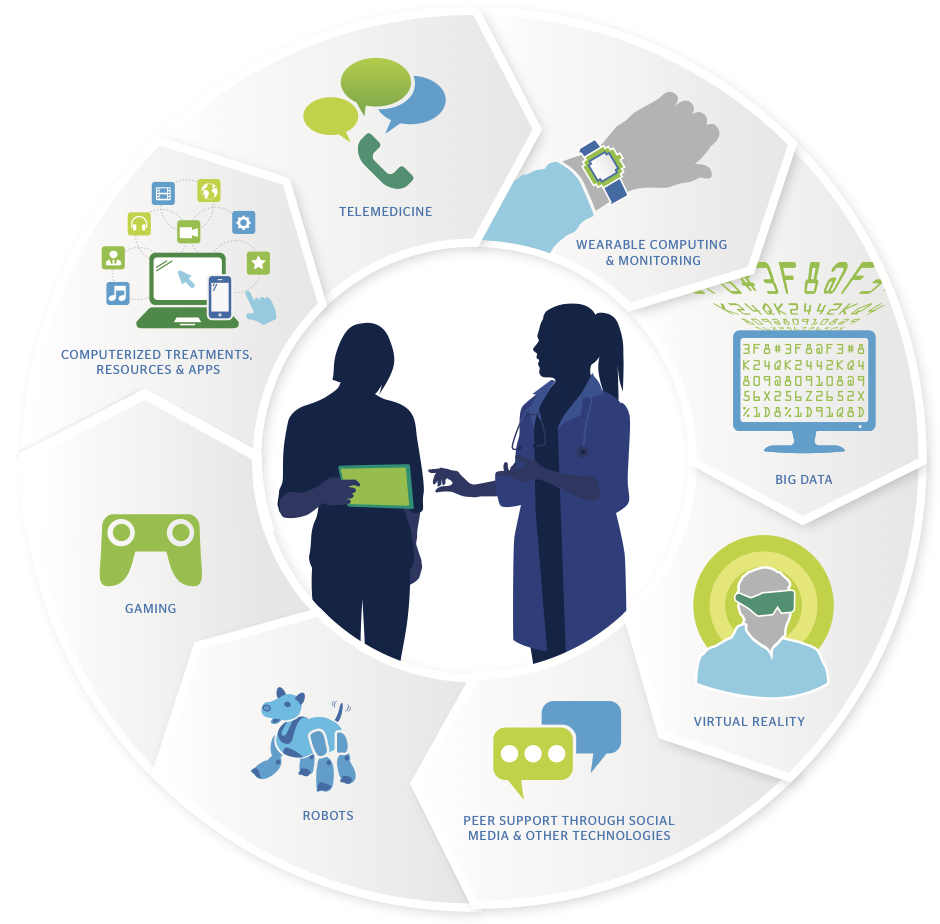We previously wrote about a study of e-mental health technologies by the Mental Health Commission of Canada (MHCC). The technologies that are considered in the report include mobile apps, social media, wearable devices, robots, telemedicine, big data, virtual reality, and games. It’s clear that technology will have a transformative effect on the treatment of mental illness. Changes will range from the kinds of treatment that are available to how services are delivered and customized.
The authors of the report make a number of recommendations for e-Mental health technologies. In this article, we give you five features to look for, so you can choose your mental health app, gadget, or social network like the pros.
- Person-centred care. Look for technologies that are “person-centred” or “user-centred” so the needs of the individuals are prioritized. You want to avoid technologies that exist for their own sake or because a technologist thought it might be a cool thing to try.
- Quality assurance framework. Mental health clinicians in Canada are regulated by professional organizations. They are required to provide care according to a high standard that has been set by their peers. E-Mental health should also have quality assurance. Users deserve to know that services are being delivered as designed and that harm is prevented to the largest extent possible.
- Backed by research. E-Mental health technologies should be based on scientific evidence. Apps such as Mindshift and Headspace are backed by research and clinical practice. In contrast, brain training apps, though not targeting mental health, are not backed by science.
- Integration. The best e-Mental health technologies must fit with existing technology, health policy, and health services. E-Mental health can’t assume faster broadband or more capable devices that are currently available to consumers. Compatibility is existing health policy means that a technology can potentially be paid for using public health funds, which is important in a single-payer system like Canada or the VA in the US. Finally, compatibility with existing health services means that health providers are more like to take up a technology and incorporate it into their practice.
- Privacy and security. While things are improving, there is still stigma associated with mental illness. Consequently, e-Mental Health technology providers need to be particularly sensitive to privacy and security. Organizations that have health data are regulated by federal and provincial privacy commissions, and must make their “best effort” to protect the data. This protection can range from encrypting the data to hardening the servers against hackers, or even not storing health data at all.
So when you go to choose your next e-Mental health technology, consider these five criteria and you’ll look like a pro. You won’t be hoodwinked by some flash in the pan or be hurt by a student project.
What do you think? What are criteria that you use when choosing an e-Mental health app or gadget?
For more articles like this, sign up for our newsletter or follow us on Twitter, Instagram, or Facebook.
